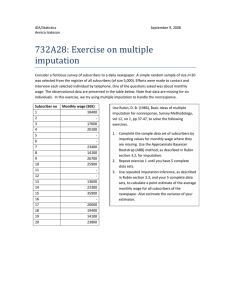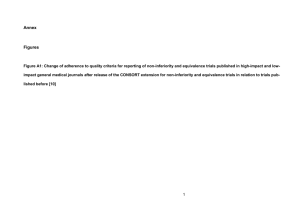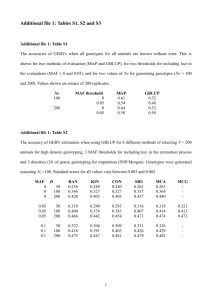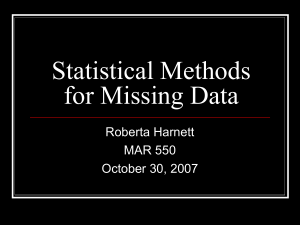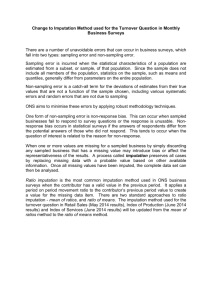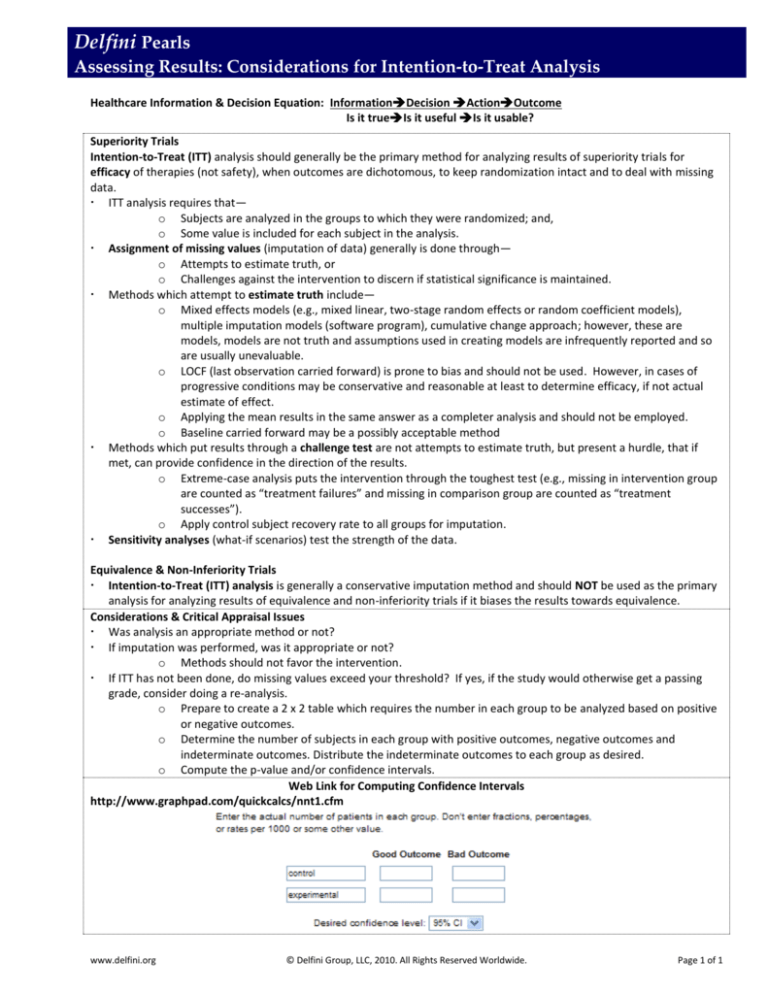
Delfini Pearls
Assessing Results: Considerations for Intention-to-Treat Analysis
Healthcare Information & Decision Equation: InformationDecision ActionOutcome
Is it trueIs it useful Is it usable?
Superiority Trials
Intention-to-Treat (ITT) analysis should generally be the primary method for analyzing results of superiority trials for
efficacy of therapies (not safety), when outcomes are dichotomous, to keep randomization intact and to deal with missing
data.
ITT analysis requires that—
o Subjects are analyzed in the groups to which they were randomized; and,
o Some value is included for each subject in the analysis.
Assignment of missing values (imputation of data) generally is done through—
o Attempts to estimate truth, or
o Challenges against the intervention to discern if statistical significance is maintained.
Methods which attempt to estimate truth include—
o Mixed effects models (e.g., mixed linear, two-stage random effects or random coefficient models),
multiple imputation models (software program), cumulative change approach; however, these are
models, models are not truth and assumptions used in creating models are infrequently reported and so
are usually unevaluable.
o LOCF (last observation carried forward) is prone to bias and should not be used. However, in cases of
progressive conditions may be conservative and reasonable at least to determine efficacy, if not actual
estimate of effect.
o Applying the mean results in the same answer as a completer analysis and should not be employed.
o Baseline carried forward may be a possibly acceptable method
Methods which put results through a challenge test are not attempts to estimate truth, but present a hurdle, that if
met, can provide confidence in the direction of the results.
o Extreme-case analysis puts the intervention through the toughest test (e.g., missing in intervention group
are counted as “treatment failures” and missing in comparison group are counted as “treatment
successes”).
o Apply control subject recovery rate to all groups for imputation.
Sensitivity analyses (what-if scenarios) test the strength of the data.
Equivalence & Non-Inferiority Trials
Intention-to-Treat (ITT) analysis is generally a conservative imputation method and should NOT be used as the primary
analysis for analyzing results of equivalence and non-inferiority trials if it biases the results towards equivalence.
Considerations & Critical Appraisal Issues
Was analysis an appropriate method or not?
If imputation was performed, was it appropriate or not?
o Methods should not favor the intervention.
If ITT has not been done, do missing values exceed your threshold? If yes, if the study would otherwise get a passing
grade, consider doing a re-analysis.
o Prepare to create a 2 x 2 table which requires the number in each group to be analyzed based on positive
or negative outcomes.
o Determine the number of subjects in each group with positive outcomes, negative outcomes and
indeterminate outcomes. Distribute the indeterminate outcomes to each group as desired.
o Compute the p-value and/or confidence intervals.
Web Link for Computing Confidence Intervals
http://www.graphpad.com/quickcalcs/nnt1.cfm
www.delfini.org
© Delfini Group, LLC, 2010. All Rights Reserved Worldwide.
Page 1 of 1


